Mandevilla is unquestionably a beautiful plant that enhances the aesthetics and beauty of any garden. Most people are aware of Mandevilla plants' fame for producing lovely, fragrant flowers. But, many people also wonder what could be the possible causes of the withering of their Mandevilla. We've thoroughly researched this problem and found the best answers for you.
The Mandevilla is not only delicate, but it can also pass away quite quickly. Here are the leading causes why a Mandevilla plant could start to die:
- Watering too much
- Absence of water
- Not enough sunlight
- Nutrient Dificiencies
- Diseases
- Insects
- Improper Drainage
It's significant to understand how to properly care for Mandevilla plants if you've never tried to grow them, and there are a few things you must watch out for. Mandevilla plants occasionally experience issues, but it doesn't indicate that you can't fix a problem. Keep reading to learn each issue of Mandevilla and how you can revive it.
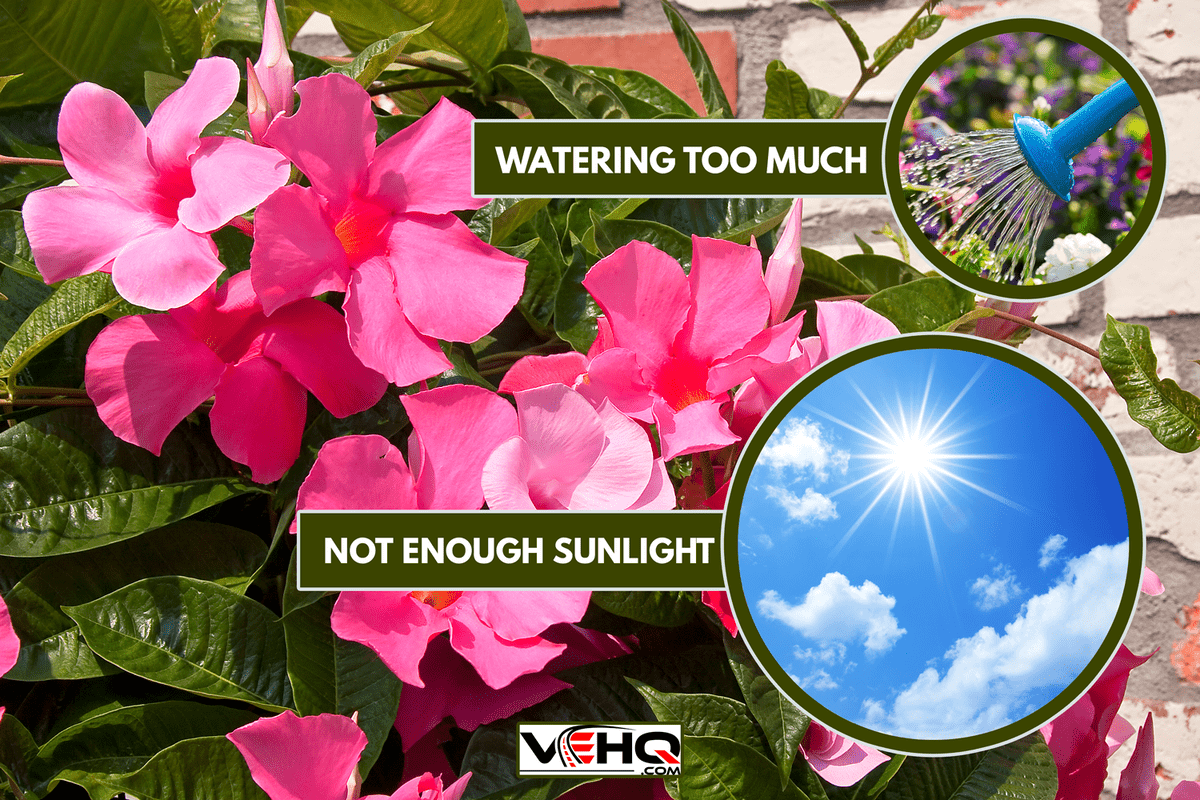
Causes Of Dying Mandevilla
There are more than 120 species in this genus, all of which produce beautiful flowers in a range of white, pink, and Mandevilla red hues. Mandevilla is a subtropical plant that thrives in the correct environments, both inside and outside. These plants can be cultivated in hanging baskets or up a garden screen.
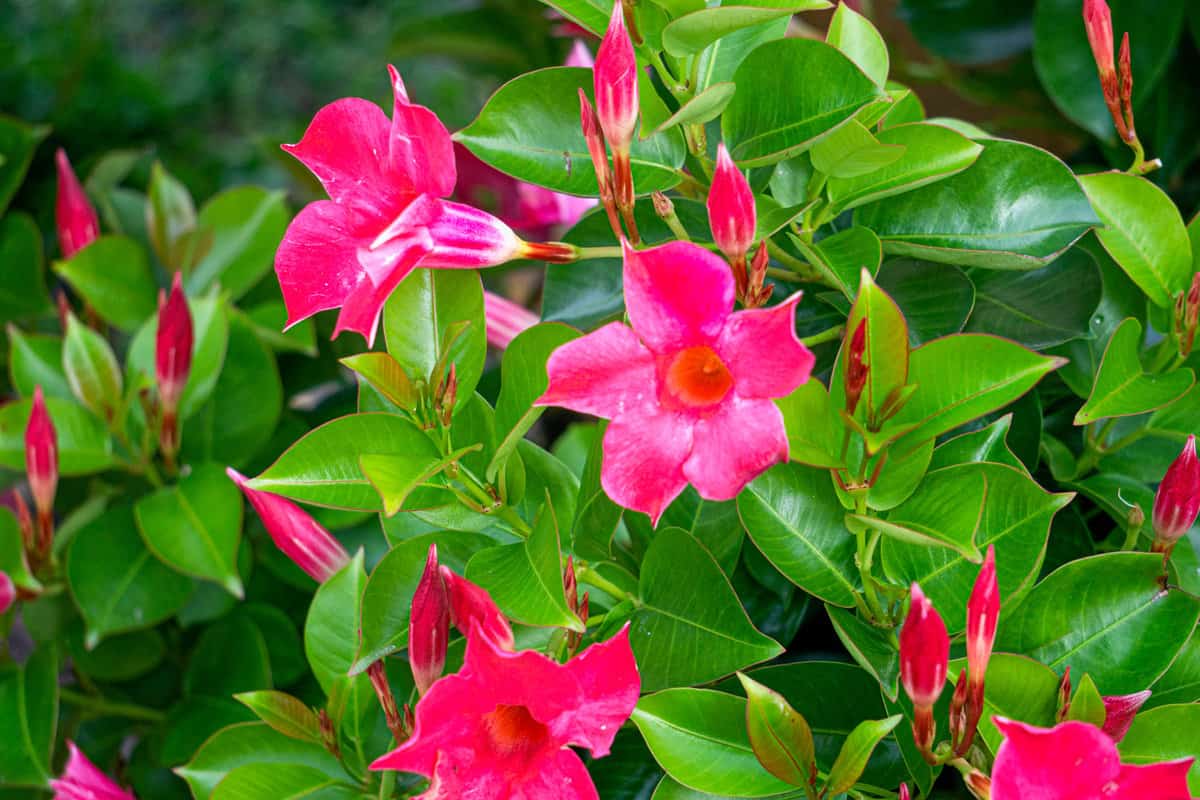
The Mandevilla plant is a popular choice among gardeners since it can improve the aesthetic appeal of your home. Also, the Mandevilla plant creates a tropical atmosphere and can help you improve the air quality in your home. So, if your Mandevilla plant has issues, you should immediately assess its reasons.
Here are the following causes for a dying Mandevilla:
1. Watering Too Much
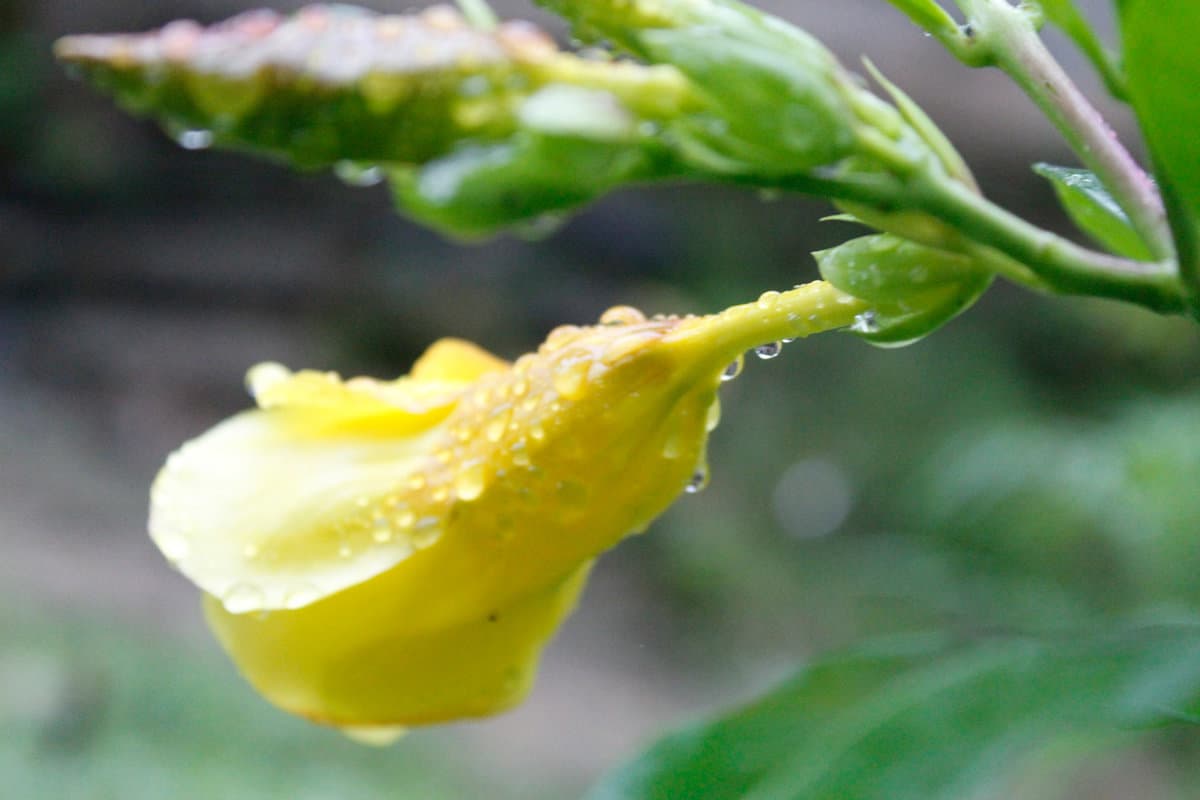
Any plant's growth depends heavily on water, which must be appropriately provided to ensure optimal development. Moist soil with adequate drainage is necessary for blooming Mandevilla.
The roots may become suffocated by too much water, and leaves may become yellow due to this. If you risk giving your plants more water than they require, it will make them less healthy and more susceptible to diseases, and they may eventually die.
Therefore, you must ensure that you take good care of the soil and create the proper drainage methods so that the water does not sit on the soil for extended periods. For instance, you should cease watering your Mandevilla plant for a few weeks and repot it in new soil if it is dying from overwatering. This will assist you in ensuring that the Mandevilla is not dying.
2. Absence of Water
Plants that receive insufficient water might die, beginning with yellow leaves that turn brown and fall off. Problems might arise from having too much water, especially if it is not swiftly draining.
You can determine when to water the Mandevilla by frequently checking the soil around its base. It needs water if the ground is dry at least half-inch below the surface.
3. Not Enough Sunlight
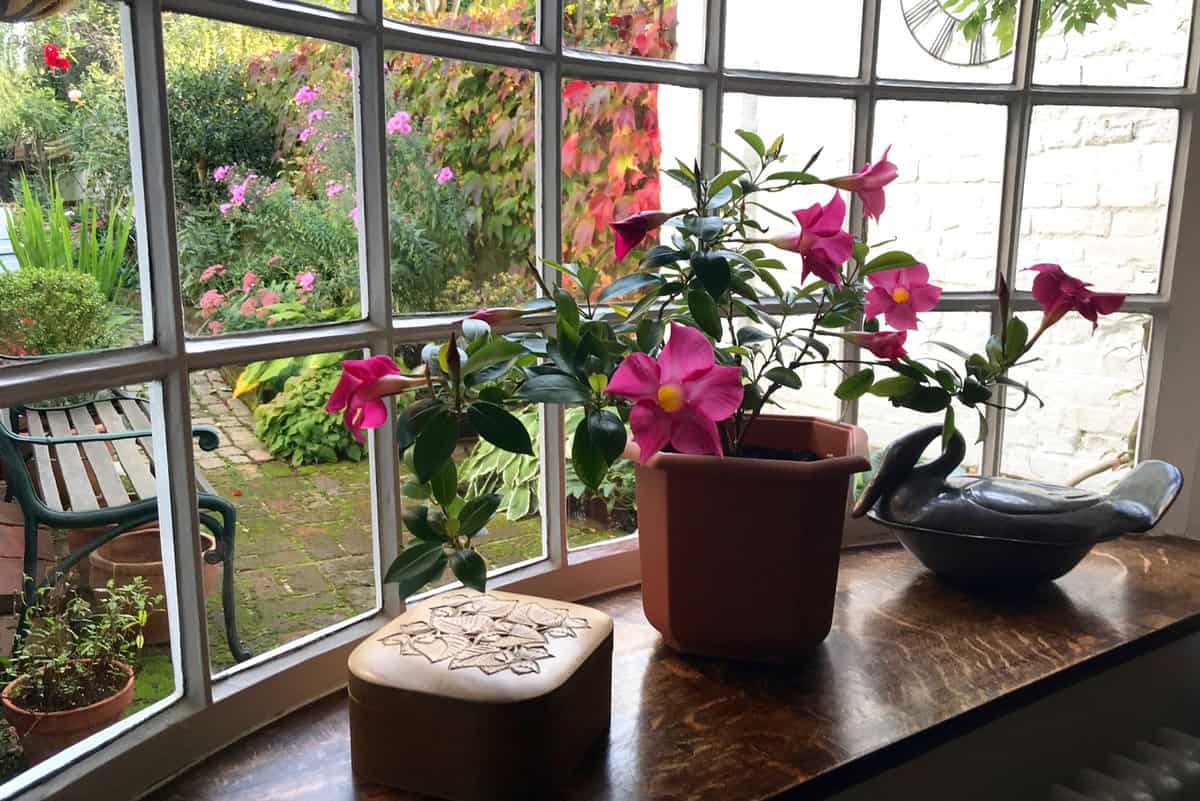
Your Mandevilla plant will wither if you don't give it adequate sunlight. The leaves can start to turn yellow and fall off.
A minimum of six hours a day of direct sunlight are required for the plant. If your plant is in a pot, relocate it to a more sunny spot. If the Mandevilla is outside, consider pruning the branches above it so that it may receive more sunlight.
If the plant hasn't received enough sunshine, move it to a spot that receives indirect sunlight through a window. You may also opt to get an LED to grow light, encouraging your plants to produce lots of lovely blossoms.
Click here to see this LED light for indoor plants on Amazon.
4. Nutrient Deficiencies
Like humans, plants also require nutrients to survive and thrive in the best possible conditions. Mandevilla plants occasionally experience yellowing that begins on the leaves, typically brought on by either inadequate soil or very high pH levels in the soil.
Chlorosis is typically brought on by low iron levels, although a deficiency can also bring it on in zinc, manganese, or nitrogen. The evolution of the yellowing gives you a hint as to what's missing if your Mandevilla has chlorosis.
Numerous techniques determine if vitamin shortages are the root of your issue. The yellowing will start on younger leaves if your plant is iron deficient and spread to older leaves if it is zinc, manganese, or nitrogen deficient.
To guarantee that your plants thrive and are in excellent health, you must ensure that the appropriate nutrients are added to the soil. Check the pH of the soil, and then take the proper care of your plant. Also, regular soil testing will be beneficial.
5. Diseases
These delicate blooms are also vulnerable to various diseases, which can result in several issues you'll want to avoid if you keep the plants healthy and flourishing at their best.
The illness known as southern wilt is specifically brought on by bacteria and causes the plant's leaves to turn yellow. To prevent the disease from spreading across your garden, immediately dispose of the plant if you suspect it is infected. Also, ensure that you have the proper fertilizers and treatments for all these diseases that will help protect your plants from dying.
The fungal condition known as powdery mildew makes the leaves appear to have been dusted with powder on both sides. To stop the spreading of the disease, remove the sick leaves and spray the other leaves with horticultural oil.
Click here to see this Bonide horticultural and dormant oil on Amazon.
6. Insects
If Mandevilla is attacked by pests including scales, mealybugs, red spider mites, and whiteflies, their leaves may become yellow. You can use neem oil to treat spider mites, quickly getting rid of the pests without affecting beneficial species like bees.
You can also help solve the issue by using an organic insecticidal soap that is safe around Mandevilla.
Click here to see this Garden Safe insecticidal soap on Amazon.
7. Improper Drainage
Poor soil drainage is highly detrimental to plants. Root rot results from soggy circumstances brought on by poor drainage. Premium all-purpose potting mixtures will give the roots the water, nutrients, and air movement they require.
How Do I Revive My Mandevilla?

There are several ways to revive your Mandevilla. You can report the plant in a larger pot with better-draining soil to remedy the issue and in a location that receives 6 hours a day of direct sunlight.
As soon as you find bugs, spray your Mandevilla plants with a strong stream of water from a garden hose to get rid of them.
Why Are The Leaves Curling On My Mandevilla?
Pest infestation is the principal cause of curled or twisted leaves. The Mandevilla's leaves will also start to curl if it doesn't get enough nourishment. Apply the right fertilizer to the Mandevilla to prevent leaf curling brought on by nutritional deficiency.
Does Mandevilla Need Full Sun?
Mandevilla plants require direct sunlight to produce healthy flowers. However, Mandevilla vines are susceptible to "burning" from too much sun and high temperatures. Mandevilla vines require 6 hours a day of direct sunlight.
Is Epsom Salt Good For The Mandevilla Plant?
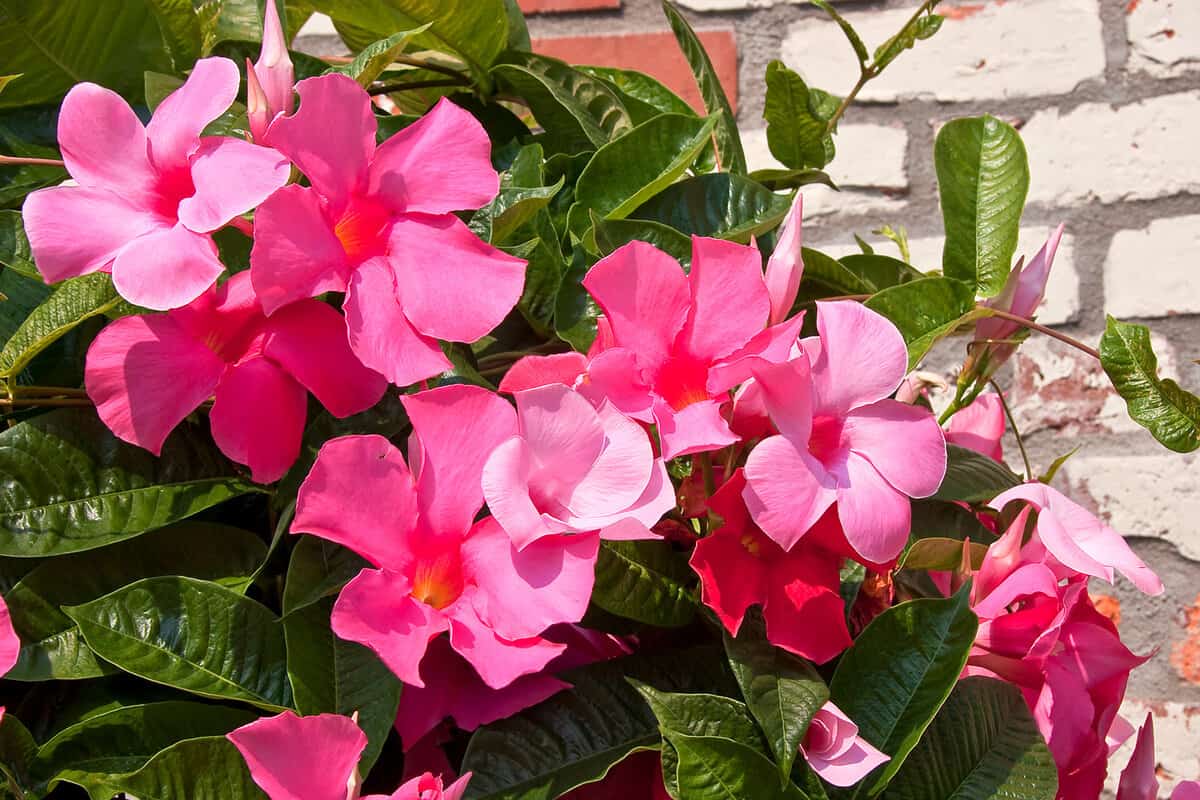
Gardeners use Epsom salt to see the fantastic development of their Mandevilla plant. Epsom salt promotes branch growth, which causes the Mandevilla plant to blossom. The magnesium in Epson salt is why the Mandevilla plant starts blooming.
Spray it twice every two weeks with a teaspoon of water and Epsom salt mixture.
Click here to see this Monterey Epsom salt on Amazon.
In Closing
Mandevilla is a lovely vine, but they may have some problems if they do not receive the proper care. The plant may swiftly die if the issue is not resolved. Overwatering, absence of water, poor nutrition, inadequate drainage, diseases, and insect pests are the leading causes of Mandevilla issues.
Mandevilla plants are not challenging to maintain. Regular water, nutrition, and indirect light are all they truly need. Don't forget to water and fertilize the Mandevilla plant with a premium fertilizer.
The proper care is essential to ensure your Mandevilla plants' health and maintain the quality of the flowers, even though it may take less time and work to grow a Mandevilla plant. Make sure your Mandevilla plant is in top shape.
Many gardeners have expressed interest in growing Mandevilla plants, and we believe you are one of them. We hope our post inspired your more as a Mandevilla lover. Before you go, you may check out these other posts:




